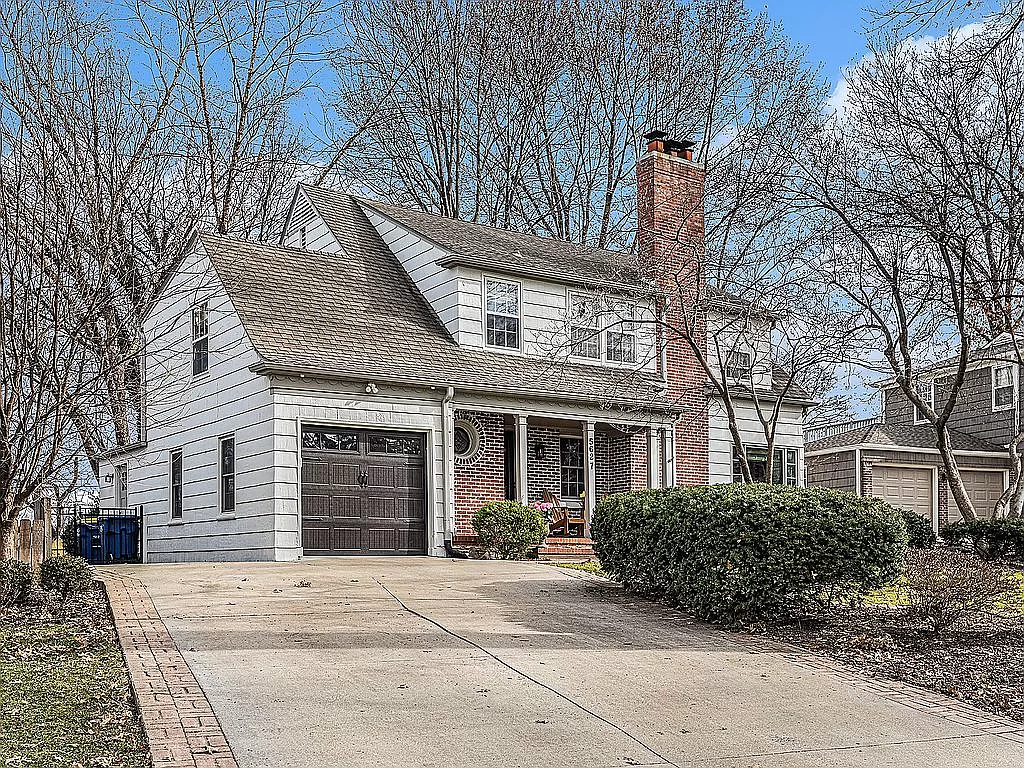
Charles-François Daubigny, oil on panel, “Le Labours Auvers” (1873, France), 7 3/8″ x 13 7/8.
We have several members on the Brown Button team with a strong interest and appreciation of art history. So when we come across a really exceptional piece of fine art in one of the estates, we get pretty excited. Our upcoming April 27th – 29th Brookside sale contains a small oil painting by the 19th century French painter Charles-François Daubigny. The history of the artist and his impact on the art world is quite noteworthy. So we thought we share a little bit of it with our fellow estate sale adventurers.

Daubigny (pronounced doh-bee-nyee) was a mid 19th century French painter from the Barbizon School, a precursor to the Impressionist movement. The Barbizon School promoted realism in art; most notably by painting pastoral landscapes and using working class people as subject matter. These artists wanted to capture and recreate what they actually saw, felt, and experienced when viewing a landscape. A lot of the work was painted outside on location. Daubigny was enthusiast of outdoor painting, famously painted works on his boat on the Seine and Oise Rivers near Auvers, France. From this boat, he was able to capture new vantage points from the water. He was also intentionally known to leave his paintings in a sketch-like state which his critics often said was unfinished.
Daubigny was heavily influential to the generation of Impressionist and Post-Impressionist painters like Monet, Cézanne, Pissarro, and Van Gogh which came after him. In his later years he often supported, mentored, and worked with these young Impressionists, championing their works in the Paris Salon. He even quit the Salon in protest when some of these students weren’t accepted based upon their radical new ideas and techniques. The impressionists sought to capture the light, fleeting emotions, and experiences of a moment and location, an ethos inherited from the Barbizon School. They were also avid, ‘en plein air’ enthusiasts like Daubigny.

Monet even copied his idea of a boat-studio that captured different changing views of landscapes and waterscapes. The Post-Impressionist Vincent Van Gogh never met Daubigny, but he visited his widow and was permitted to paint Daubigny’s garden. Van Gogh often referred to Daubigny in his letters and often emulated his subject matter and formats for his landscapes. Daubigny’s pieces can be seen in public collections at the National Gallery, London; Tate Museum, London; The National Gallery, Berlin; National Gallery of Ireland, Dublin; Metropolitan Museum of Art, New York; and The Louvre, Paris. The New York Times wrote an interesting article on Daubigny and his influence on Van Gogh which you can find here.
“Le Labours Auvers” will be available at our upcoming Brookside sale which runs April 27-29. Click here to view the full sale details.












